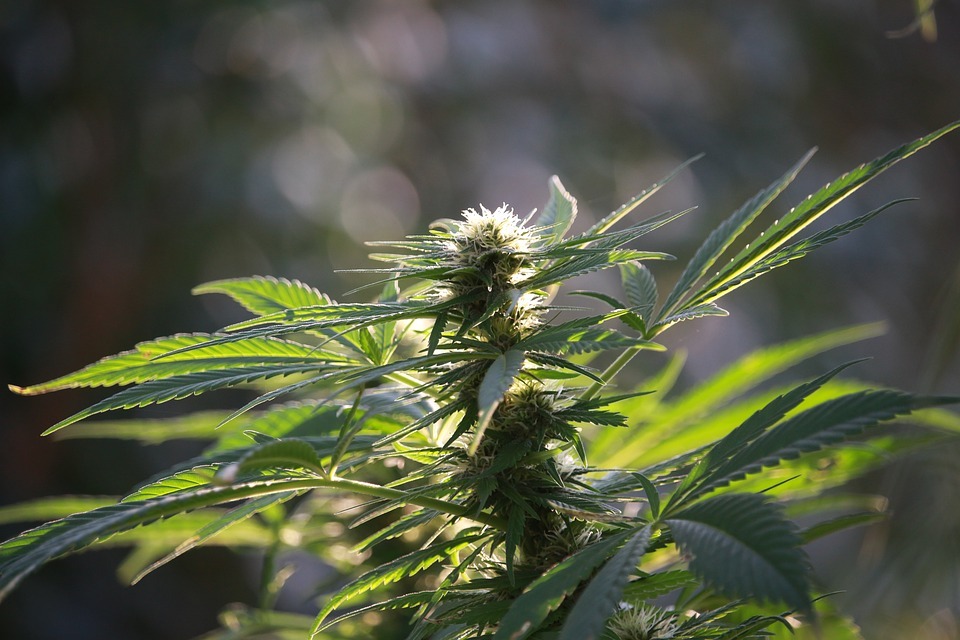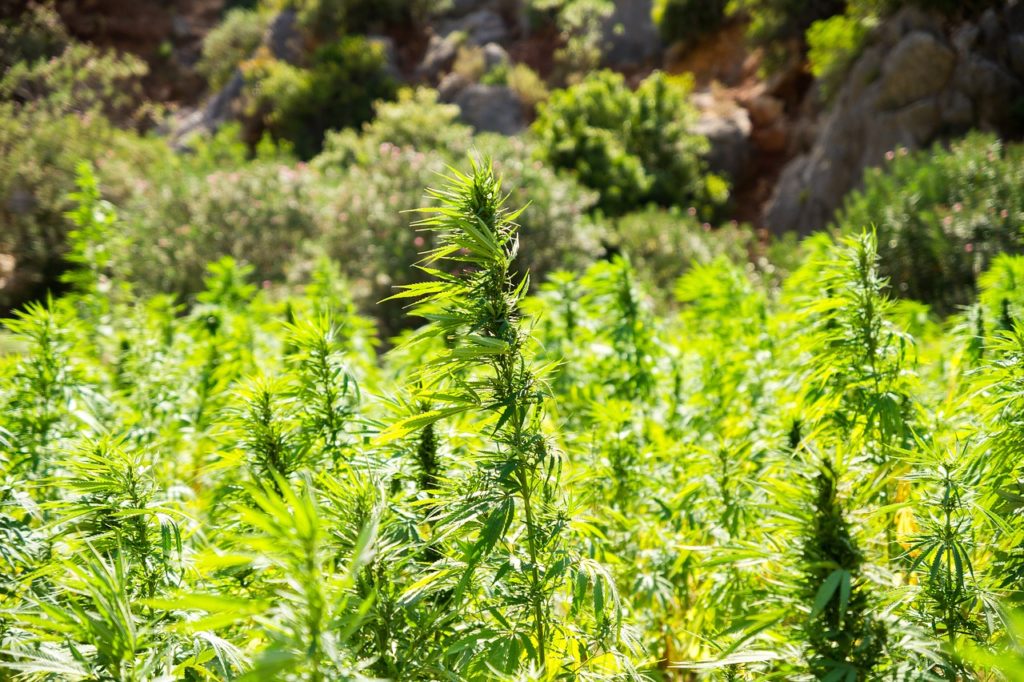Canada produces huge amounts of organic waste from cannabis production, and most of them end up in the landfill. Zaffia Laplante, a young indigenous entrepreneur and student, wants to use this waste as a building material to enable indigenous communities to renovate their homes. Instead of discarding cannabis waste, Laplante has created an innovative project with ecological and social benefits.
Canadian student to reuse cannabis waste to renovate native homes


The Canadian cannabis industry produces an astronomical amount of waste and has not yet developed alternatives for reuse. As a result, tons of organic matter is burn or taken to landfill when they could be used.
Zaffia Laplante, a young indigenous entrepreneur and student, is seeking to use cannabis waste as a building material to enable indigenous communities to renovate their homes. Because the latter live in unsanitary conditions that are dangerous to their health.
Therefore, Zaffia Laplante’s innovative project is part of an ecological and social perspective.
Cannabis waste management in Canada
The Canadian cannabis industry focuses on the production and sale of flowers. So, the rest of the plant (leaves, stems, roots) is waste. According to the Vancouver Sun, this waste could represent 6,000 tonnes per year from 2020.
Their destruction is subject to strict regulations: they must be odorless and unrecognizable. So, that implies that they must be mixed with other materials or burned.


Fibers extracted from hemp stems
In addition to representing a cost for manufacturers (landfill costs, the obligation of witnesses and cameras, storage conditions), the absence of recycling of this organic material represents a huge waste of raw material.
Furthermore, the hemp fibers are useful to manufacture, among other things, textile and hemp concrete (an ecological alternative to cement concrete).
What is waste in Canada (stems, leaves, roots) is considered as a raw material in Europe. Meanwhile, what is the product in Canada (the flower) is waste in Europe.
Indeed, European hemp growers must destroy hemp flowers. In this regard, France develops initiatives to recover this “waste” in a hemp wellness sector.
The housing crisis among indigenous communities and the Zaffia Laplante project
The Indigenous communities of Canada are currently experiencing an unprecedented housing crisis. In other words, a large portion of their population lives in unhealthy conditions. As a consequence, they develop bacterial diseases and lung infections.
To clarify, communities lack funds to renovate their habitat. Moreover, this problem is not a new one, but this year it has pushed some communities, including the famous First Nation, to declare a state of health emergency.


Royal Bank of Canada Entrepreneur
Consequently, the government convened a task force to assess the extent of the problem and propose solutions. Meanwhile, indigenous communities continue to live in mold and extreme temperatures.
Zaffia Laplante is a student at Wilfred Laurier University in Ontario and a member of the Metis Nation indigenous community. Most importantly, her project earned her acceptance into the Royal Bank of Canada‘s Entrepreneurial Acceleration Program and a grant of C$450,000. Also, she is currently competing for the Hult Prize in Melbourne; a prize that recognizes students developing ideas to solve contemporary challenges.
—
(Featured Image by Free-Photos)
First published in Newsweed a third-party contributor translated and adapted the article from the original. In case of discrepancy, the original will prevail.
Although we made reasonable efforts to provide accurate translations, some parts may be incorrect. Hemp.im assumes no responsibility for errors, omissions or ambiguities in the translations provided on this website. Any person or entity relying on translated content does so at their own risk. Hemp.im is not responsible for losses caused by such reliance on the accuracy or reliability of translated information. If you wish to report an error or inaccuracy in the translation, we encourage you to contact us.



Comments are closed for this post.